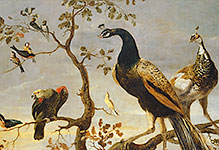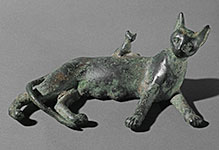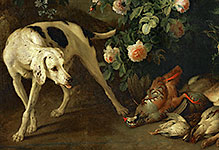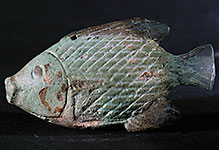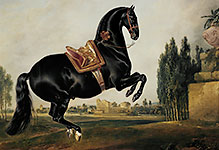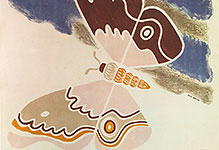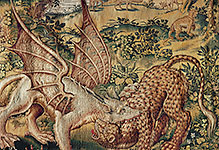
#30010819
Icon of Saint George, Byzantine,from the village of Pskov, Russia. The panel was...

#30010830
Chatelaine plate, Merovingian, 7th century. Copper-alloy plate, originally tinne...

#30010835
0310000141 Stove-tile with the arms of James I, c1603-c1625. Earthenware stove-...

#30010840
Porcelain ice-pail, French, 1811. This porcelain ice-pail, with its elephant hea...

#30010843
Silver tetradrachm of Azes I, Scythian, from Gandhara and Taxila, north-west Pak...

#30010860
Copy of a gold stater, Iron Age, 3rd. During the third century, the Celtic peopl...

#30010865
Silver bowl, Carolingian, 9th century. Ecclesiastical bowl of gilded solver and...

#30010867
0310000083 Silver spoon from the first Cyprus treasure, Byzantine, c600 AD. Spo...

#30010870
Silver pendant, Slav (Kiev type), 12th century. This silver temporal pendant or...

#30010933
Royal manufacture of Sevres porcelain Plate: "Souvenir de Rosny" 1839; Sevres...

#30010942
Portable mosaic: Saint George defeating the dragon First half of the 14th centu...

#30010948
Plate: Henri II, king of France, on horseback Middle of the 16th century; Limog...
